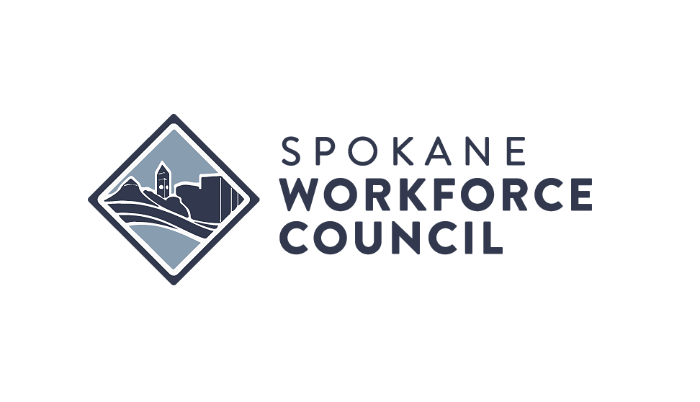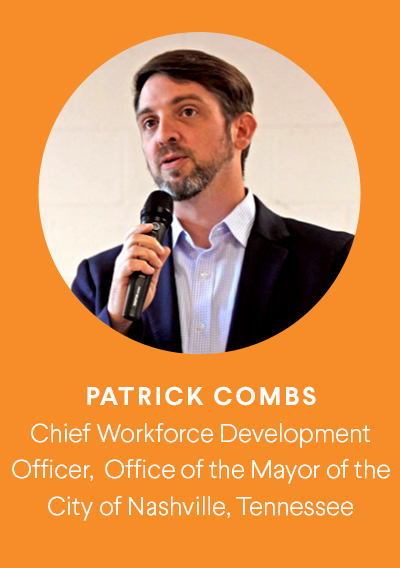Workforce boards and American Job Centers (AJCs) are uniquely positioned to serve as comprehensive support systems for the people in their communities. Many people enter the workforce system frustrated and overwhelmed by the challenges they face in trying to enter or re-enter the workforce with limited skills and experience. Others face a wide range of obstacles, including disabilities, prior incarceration, language barriers, or a lack of reliable transportation or child care. If workforce boards don’t take a human-centered approach to service design and delivery, it can be difficult or impossible for these individuals to access basic services that are essential to finding gainful employment.
A human-centered approach to providing services is one of four future-focused behaviors identified by AWAKE, an initiative at JFFLabs that scans the workforce market and system to call attention to how workforce boards and professionals are evolving and adapting with advances in technology and data. These behaviors were vetted by a diverse group of workforce professionals from across the country to ensure that they are reflective of the core characteristics, priorities, and commitments needed to prepare and transform America’s workforce system to ensure that all workers and learners succeed.
Human-Centered: Putting People Before Procedures
Future-focused workforce boards promote policies, programs, and products that are designed and delivered in ways that prioritize positive user experiences. They are intent on meeting the needs of customers and strive to eradicate system limitations that hinder responsiveness.








